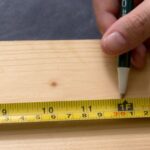In our daily lives, we encounter numerous objects of various sizes, shapes, and dimensions. Understanding these dimensions can be helpful in many situations, from DIY projects to cooking and beyond.
One particularly useful measurement to be familiar with is 10 centimeters. This article will explore nine everyday items that are approximately 10 centimeters long, providing you with handy references for this measurement.
How Long is 10 Centimeters?
Before we dive into our list of everyday items, it’s important to understand exactly how long 10 centimeters is. Ten centimeters is equivalent to:
- 100 millimeters
- 3.94 inches
- 0.328 feet
- 0.109 yards
This measurement is part of the metric system, which is used in most countries around the world.
It’s a convenient size that’s small enough to be easily visualized but large enough to be practical for many everyday objects.
How Big is 10 Centimeters on a Ruler?
On a standard metric ruler, 10 centimeters is marked clearly. It’s exactly one-tenth of the full length of a 100-centimeter (1 meter) measuring stick. On a ruler that shows both metric and imperial measurements, 10 centimeters falls just short of the 4-inch mark.
Visualizing this measurement on a ruler can help you better understand its size in relation to other objects. It’s a length that’s easily held between your thumb and forefinger, making it a convenient size for many handheld items.
Things That Are 10 Centimeters Long
Now that we have a clear understanding of how long 10 centimeters is, let’s explore nine everyday items that are approximately this length. These objects can serve as handy references when you need to estimate or visualize a 10-centimeter length.
1. Popsicle Stick
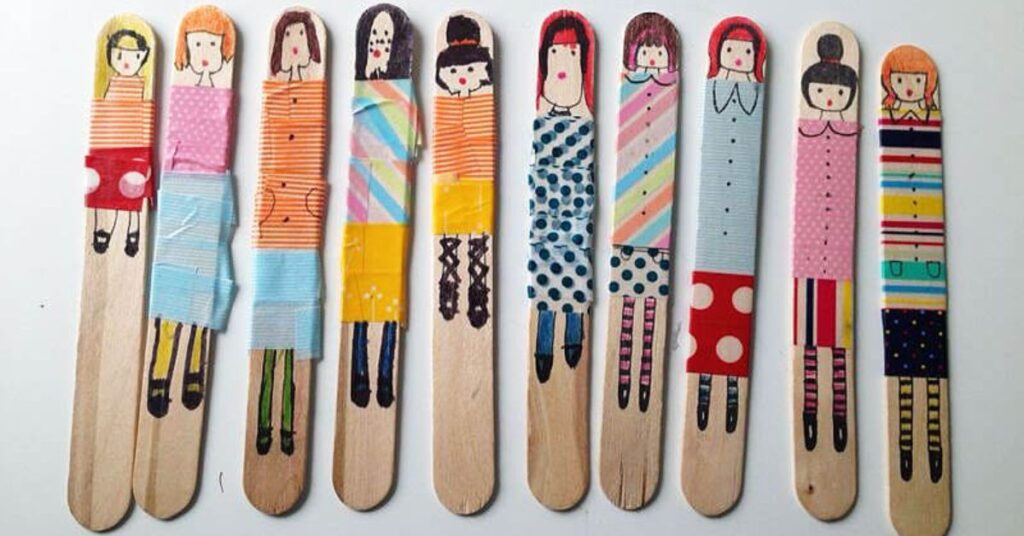
Popsicle sticks, also known as craft sticks, are ubiquitous items found in many households. These versatile wooden sticks are typically used to hold frozen treats, but they’ve found numerous other uses in crafts, DIY projects, and even in some medical procedures.
Standard popsicle sticks are almost exactly 10 centimeters long. This uniform size makes them perfect for various applications:
- Craft projects: Their consistent size makes them ideal for building structures or creating patterns.
- Makeshift rulers: In a pinch, a popsicle stick can be used to measure or mark a 10-centimeter length.
- Stirring: Their length makes them suitable for stirring drinks in tall glasses.
- Plant markers: Gardeners often use them to label plants in their gardens or pots.
The next time you enjoy a frozen treat on a stick, take a moment to notice its length – you’re holding a perfect 10-centimeter reference in your hand!
2. Half a Standard Brick

While a whole brick might be too long for our list, half of a standard brick measures very close to 10 centimeters. Standard bricks used in construction typically measure about 20 centimeters in length, so half of that gives us our 10-centimeter reference.
This measurement can be particularly useful in several scenarios:
- Home improvement: When planning tiling or brickwork projects, knowing this measurement can help in estimations.
- Gardening: If you’re using bricks to edge a garden bed, knowing their half-length can help in spacing and design.
- Construction play: Children’s building blocks are often designed to mimic brick proportions, making this a relatable measurement for play and learning.
Remember, while bricks can vary slightly in size depending on their manufacturer and intended use, the half-length of a standard brick remains a good approximation of 10 centimeters.
Read This Article: 9 Common Things That Are 5 Centimeters Long
3. Two Golf Tees

Golf tees, those small pegs used to elevate golf balls for the initial stroke on a hole, typically measure about 5 centimeters in length. This means that two golf tees placed end to end will give you a 10-centimeter length.
This measurement can be useful in several contexts:
- Golfing: Understanding this length can help golfers visualize distances on the green.
- Craft projects: Golf tees can be used in various crafts, and knowing their length helps in planning.
- Gardening: Golf tees can be used to support small plants or create drainage holes in pots.
- Makeshift tools: In a pinch, golf tees can be used as small pegs or markers in various situations.
Next time you’re on the golf course or come across some golf tees, try placing two end to end to visualize 10 centimeters.
4. Men’s Wallet

While wallets can vary in size, a typical men’s bifold wallet is often very close to 10 centimeters when folded.
This size allows it to comfortably fit most pockets while still having enough room to hold cash and cards.
The 10-centimeter length of a wallet is useful to remember for several reasons:
- Clothing design: Understanding this common wallet size helps in designing functional pockets for pants and jackets.
- Travel: Knowing the typical size of a wallet can help in organizing carry-on items efficiently.
- Gift-giving: When choosing a wallet as a gift, having this measurement in mind can help ensure it’s a practical size.
- Organization: When setting up storage solutions, knowing this common wallet size can help in creating appropriate spaces.
Next time you pull out your wallet, take a moment to notice its size – you might be carrying a 10-centimeter reference with you every day!
5. Two Credit Cards
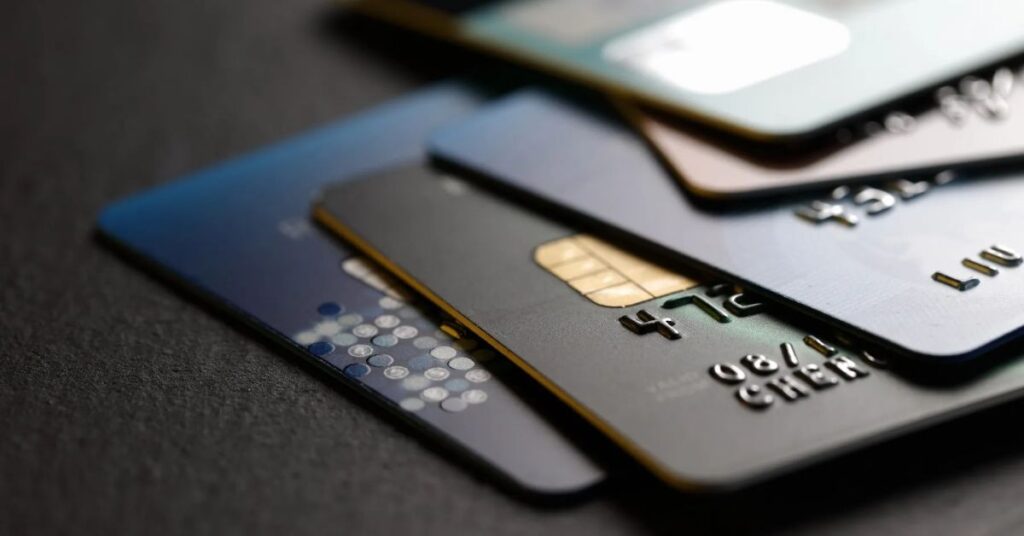
Standard credit cards have very specific dimensions that are consistent across most issuers. A single credit card is typically about 8.5 centimeters long, which means that two credit cards placed end to end will give you a length very close to 10 centimeters.
This measurement can be useful in various situations:
- Design: When creating wallets or card holders, this measurement is crucial.
- Security: Understanding the standard size of credit cards can help in identifying potentially fraudulent cards.
- DIY projects: Credit cards can be used as straight edges or spacers in various projects.
- Travel: Knowing the size of credit cards can help in organizing travel documents efficiently.
While we don’t recommend using actual credit cards as measuring tools, keeping this measurement in mind can be helpful in many everyday situations.
6. Hand width

For many adults, the width of their hand across the palm (excluding the thumb) is very close to 10 centimeters. This natural “ruler” is always with you, making it a convenient reference for quick measurements.
The hand width measurement can be particularly useful in several scenarios:
- Gardening: Estimating plant spacing or pot sizes.
- DIY projects: Quick measurements when a ruler isn’t handy.
- Cooking: Estimating portion sizes or ingredient amounts.
- Shopping: Quickly gauging the size of items when making purchases.
Remember, hand sizes can vary, so it’s a good idea to compare your hand width to a ruler to see how close it is to 10 centimeters. Even if it’s not exact, it can still serve as a useful approximation.
7. Teaspoon
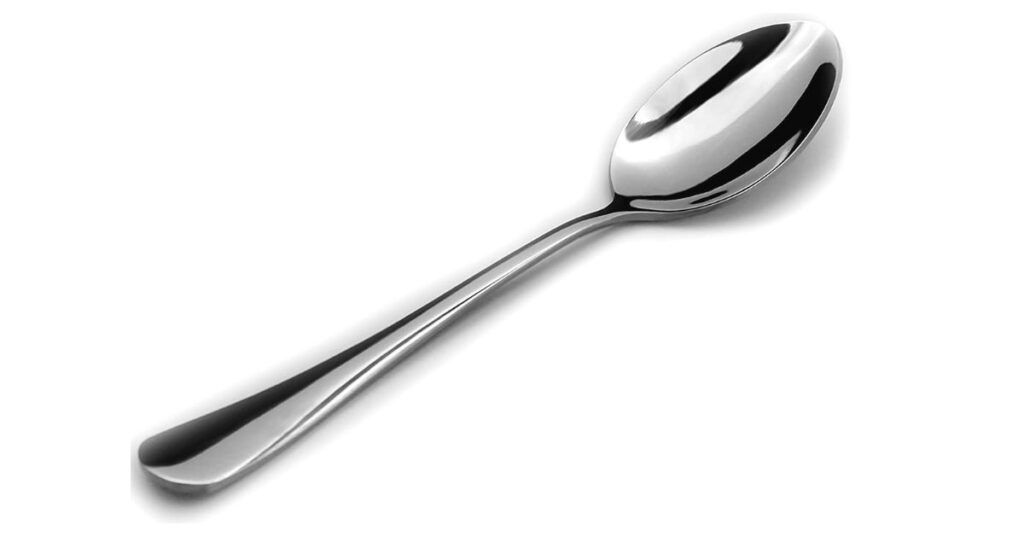
While teaspoons can vary in size and design, the length of a standard teaspoon is often very close to 10 centimeters. This includes both the bowl of the spoon and the handle.
Knowing the length of a teaspoon can be helpful in various situations:
- Cooking: Understanding utensil sizes can help in recipe preparation and serving.
- Table setting: When arranging formal place settings, knowing utensil sizes is crucial.
- Crafts: Teaspoons can be used in various craft projects, and knowing their size helps in planning.
- Gardening: Teaspoons can be used for measuring out small amounts of fertilizer or pesticides.
Next time you’re in the kitchen, take a moment to look at your teaspoons – you might find they’re a perfect 10-centimeter reference!
8. Two Erasers
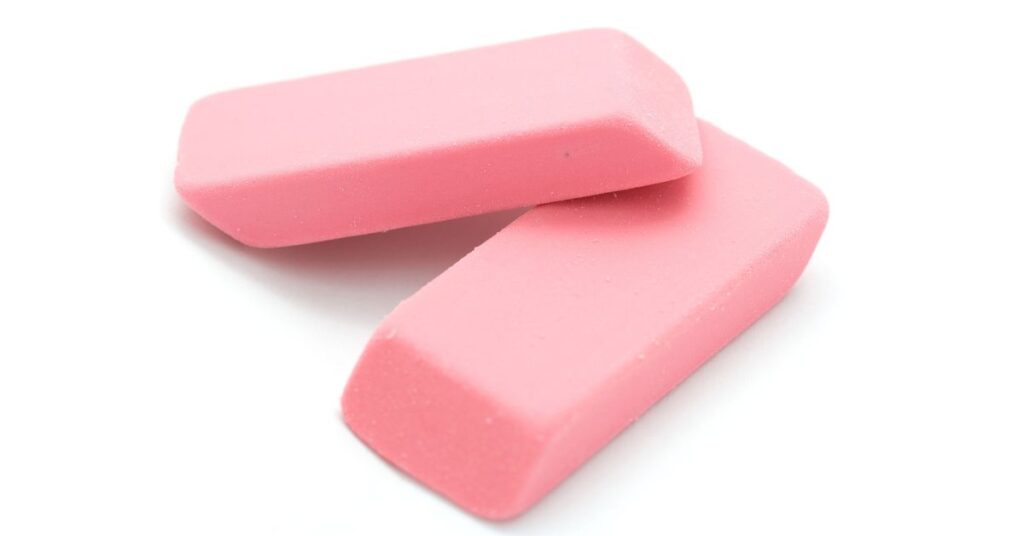
Standard rectangular erasers, often found in school supplies, are typically about 5 centimeters long. This means that two of these erasers placed end to end will give you a 10-centimeter length.
This measurement can be useful in several contexts:
- School supplies: Understanding common eraser sizes helps in organizing school supplies.
- Art projects: Erasers can be used as stamps or for creating textures in art, and knowing their size helps in planning.
- Office organization: When setting up desk organizers, knowing common eraser sizes can be helpful.
- Teaching: Erasers can be used as manipulatives in math lessons about measurement.
While eraser sizes can vary, the standard rectangular eraser remains a good approximation for visualizing 5 centimeters, and consequently, 10 centimeters when doubled.
9. Crayon
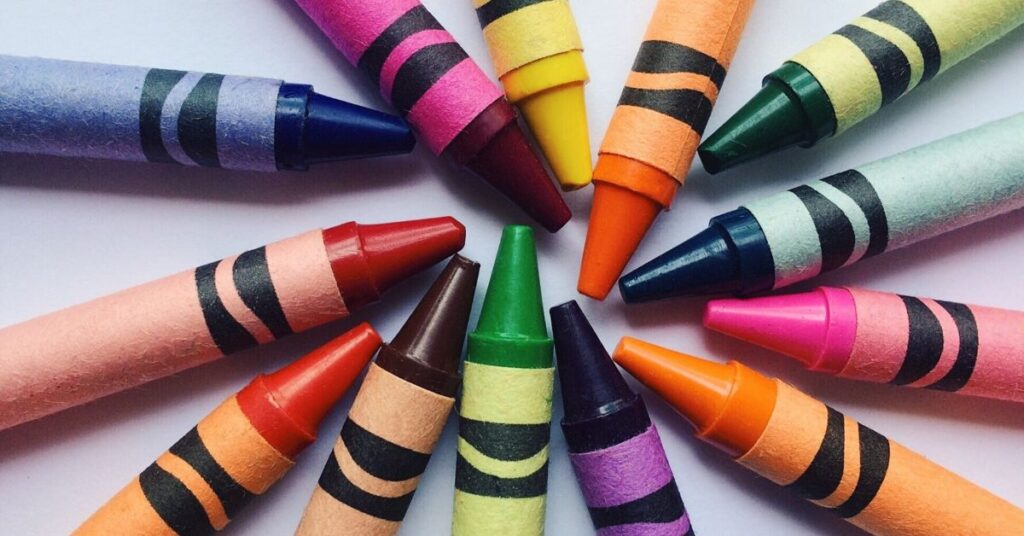
A standard crayon, when new and unused, is typically very close to 10 centimeters in length. This consistent size across most crayon brands makes it a reliable reference for this measurement.
The 10-centimeter length of a crayon can be useful to remember for several reasons:
- Art projects: Understanding crayon size helps in planning storage solutions and art activities.
- Child development: Crayons of this length are designed to be comfortable for small hands, demonstrating the importance of this size in ergonomics for children.
- Teaching: Crayons can be used as a tangible reference when teaching children about metric measurements.
- Crafts: The consistent size of crayons makes them useful in various craft projects beyond coloring.
Next time you open a new box of crayons, take a moment to appreciate that you’re looking at a collection of 10-centimeter references!
Frequently Asked Questions
How many inches is 10 centimeters?
10 centimeters is approximately 3.94 inches.
Is 10 centimeters the same as 1 decimeter?
Yes, 10 centimeters is exactly equal to 1 decimeter.
How can I measure 10 centimeters without a ruler?
You can use common objects like a credit card, popsicle stick, or your hand width as approximate references.
Why is it useful to know items that are 10 centimeters long?
Knowing these items provides handy references for estimating measurements in everyday situations.
Can the length of these items vary?
While these items are generally close to 10 centimeters, there can be slight variations. Always use a proper measuring tool for precise measurements.
Final Word
Understanding common measurements like 10 centimeters can be incredibly useful in our daily lives. From cooking to crafting, gardening to shopping, having a mental reference for this length can help in numerous situations.
The nine items we’ve discussed popsicle sticks, half a brick, two golf tees, a men’s wallet, two credit cards, hand width, a teaspoon, two erasers, and a crayon are all common objects that can serve as handy references for visualizing 10 centimeters.

Anthony is a seasoned SEO expert with a passion for content writing, keyword research, and web development. He combines technical expertise with creative strategies to deliver exceptional digital solutions.


